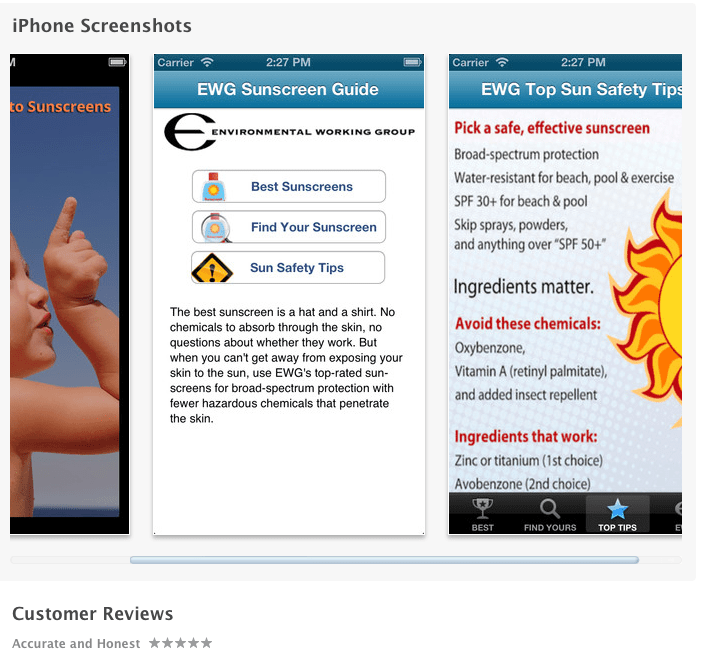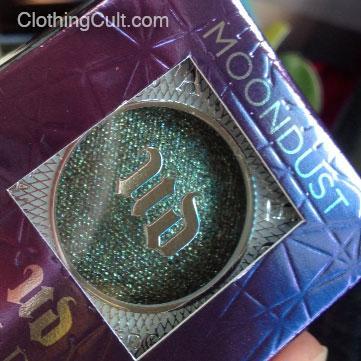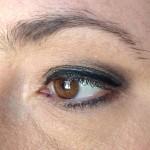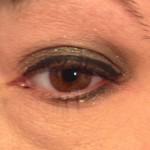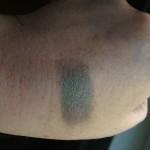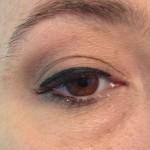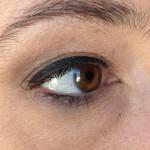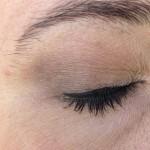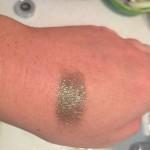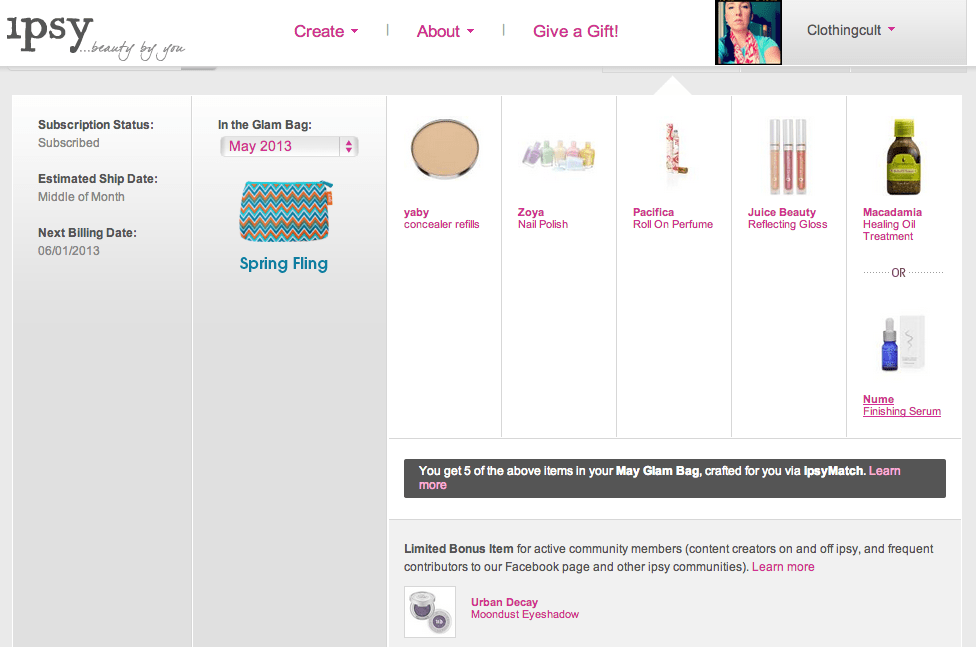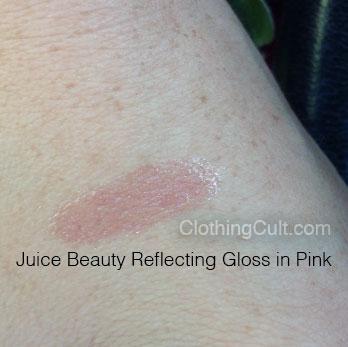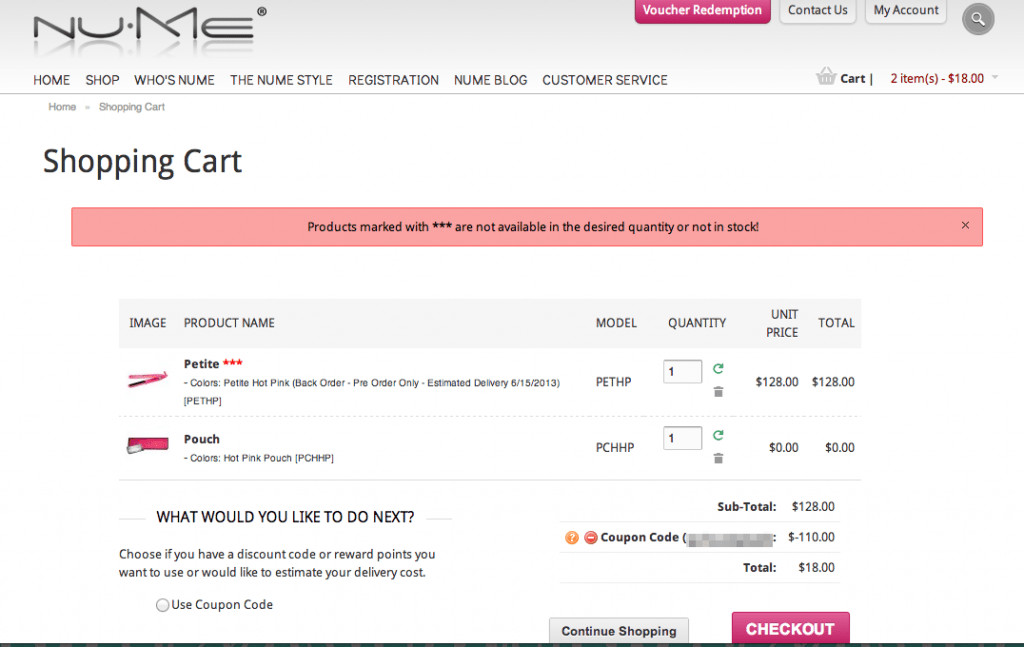Recently I posted about choosing a more natural healthier sunscreen this summer. I wanted to follow up that article with some information my local co-op grocery store recently posted about natural oils SPF properties. Some in these natural oils even provide the 15-30 SPF range that most people choose when they’re shopping for sunscreen.
Source: http://livelovefruit.com/2013/05/natural-sunscreen/
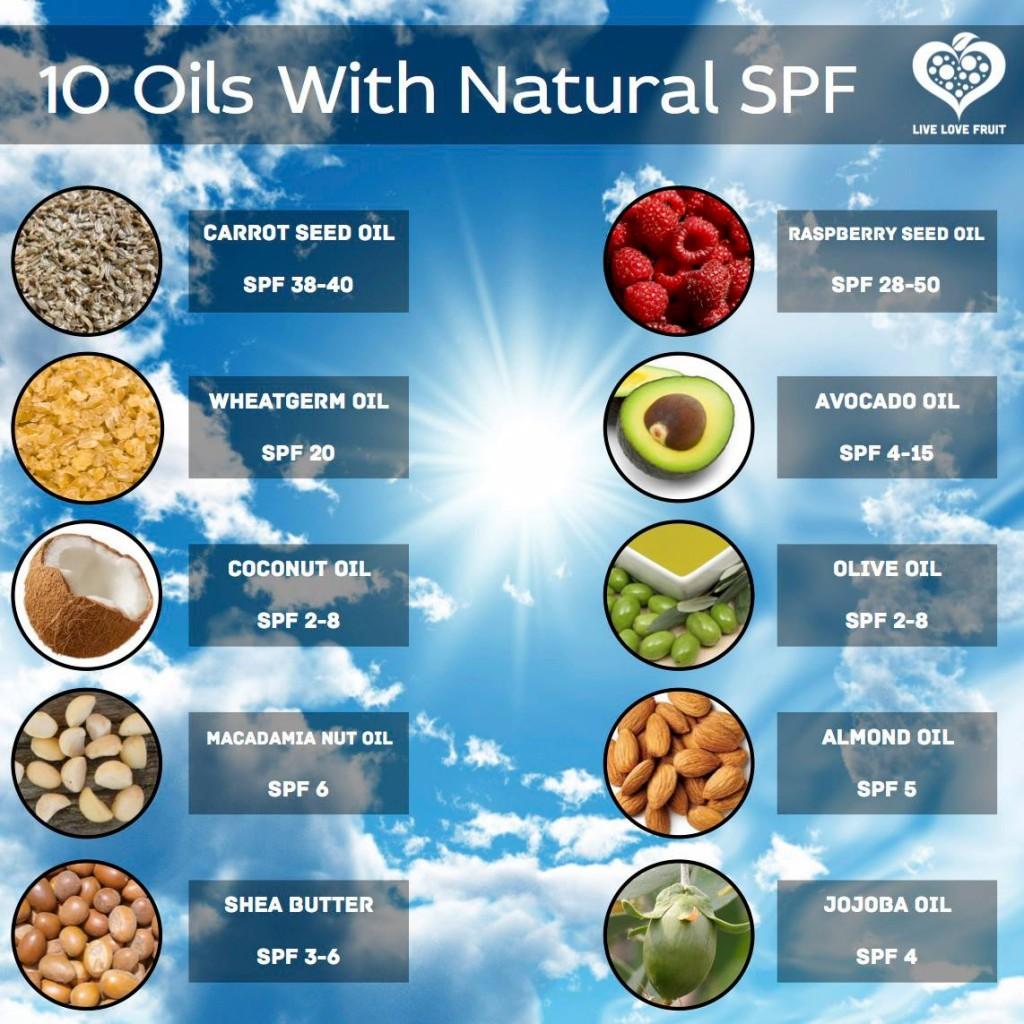
List of 10 oils with natural UV-ray protecting properties:
- Carrot Seed Oil: SPF 38-40
- Raspberry Seed Oil: SPF 28-50
- Wheatgerm Oil: SPF 20
- Avocado Oil: SPF 4-15
- Coconut Oil: SPF 2-8
- Olive Oil: SPF 2-8
- Macadamia Nut Oil: SPF 6
- Almond Oil: SPF 5
- Shea Butter: SPF 3-6
- Jojoba Oil: SPF 4
Many of these have antioxidant properties if they are cold-pressed oils. Always look for cold-pressed when possible anyway because it will have retained more of it’s natural healthy qualities over something that has been heated.
So which Natural Oils SPF should I choose for sunscreen?
A quick glance through options and it looks like wheatgerm oil would be the best bang for your buck. 32 oz for about $25 with Amazon Prime or 16oz for around $10 from other suppliers or Vitacost. Raspberry or Carrot seed oils are in the $16-$19 price range for 2oz.
However wheat germ oil will probably leave you feeling a bit oily whereas the Raspberry and Carrot Seed oils absorb more readily so you may want to opt for those for your face and the wheatgerm oil for your body.
How accurate are these SPF numbers?
http://livelovefruit.com/2013/05/natural-sunscreen/ references several studies but I also went looking for a little more info because I was curious where they came up with the SPF info since that seems a little vague (and some of the sources referenced were more about vitamin D production or how bad standard sunscreens are):
In a study published in “Pharmacognosy Magazine” in 2009, a sunscreen comprised of wheatgerm and vitamin E had a natural SPF rating of 20. Read more: http://www.ehow.com/list_7557101_natural-oils-contain-spf.html#ixzz2Ubir3JBF
So even though I can find multiple sources stating the same SPF figures for each oil, after a quick search I could only find one study mentioning a study of SPF for Wheatgerm. Yet another reason this one is probably your best bet. But I do wish I knew how much the Vitamin E affects the SPF value.
IF you can find studies that show SPF for each of these oils please link up those studies in the comments.
SPF doesn’t mean it protects 100% from the suns rays, it just extends the amount of time you can spend outside before you burn so your own personal tolerance to UV is also a factor in how long you can stay outside with or without SPF. If you want to understand SPF better, check out the wikipedia article here: http://en.wikipedia.org/wiki/Sunscreen
Wide brim hats and clothes are a better UV blocker than anything topical. But I don’t know anyone who wants to go swimming in full head to toe clothing and a hat. 🙂
Natural Oil vs Allergies and Skin Sensitivities:
Also note – don’t go slathering these on without checking for allergies first. If you know you have skin sensitivities definitely do a patch test over the course of three days to see if you react. No one wants a head to toe rash!
Now get out and enjoy the summer!
And if you’re hesitant about using Natural Oils SPF as your choice of sunscreen, check out my previous article on choosing a healthier sunscreen.
UPDATE May 29th 2013:
Ok I’ve reviewed in more detail the article mentioned in ehow … :
http://www.phcog.com/article.asp?issn=0973-1296;year=2009;volume=5;issue=19;spage=238;epage=248;aulast=Kapoor
… and come up with this.
That study was done on fourteen commercial herbal sunscreens that were purchased from local dealer of Raipur, Chhattisgarh, India. I can’t seem to find the proportions that comprise those herbal sunscreens. And I suspect that “Water melon” isn’t the same thing I’m thinking of (or would be some sort of extract or seed extract.) In other words, the study is still incredibly vague.
Since I went to the trouble of compiling this table from the presented information, I’m posting it here (since it simplifies some of the information in the study):
| code | ingredients | SPF (in vivo - real life tests) |
| HS1 | Watermelon | 10 SPF |
| HS2 | Sandalwood, Winter Cherry, Cobras Saffron, Wheatgerm, Honey, Red Sandalwood, Symplocos, Aloe Vera | 29.5 SPF |
| HS3 | Carrot, Symplococos, Wheat Germ | 40.6 SPF |
| HS4 | Aloe Vera, Apple | 14.5 SPF |
| HS5 | Sunflower, Indian Madder, Cucumber | 19 SPF |
| HS6 | Aloe Vera | 19.9 SPF |
| HS7 | Orange, Vitamin C | 25.2 SPF |
| HS8 | Coriander, Vitamin E | 20.5 SPF |
| HS9 | Aloe Vera, Vitamin E | 24.5 SPF |
| HS10 | Aloe Vera, Basil, Tumeric | 30.8 SPF |
| HS11 | Sandalwood, Aloe Vera, Carrot, Honey, Sunflower | 15.1 SPF |
| HS12 | Wheatgerm, Vitamin E | 14.9 SPF |
| HS13 | Aloe Vera, Vitamin E | 19.0 SPF |
| HS14 | Cucumber, Jojoba, Orange, Sandalwood, Lavendar, Vitamin A, C, E | 29.9 SPF |
There is one surprising finding. That Aloe Vera appears to have an SPF of about 20 with no additional ingredients.
So there you have it. If you’re in Raipur, Chhattisgarh, India you might be able to pick up some nice herbal sunscreen that really does what it says it does. Otherwise this study doesn’t seem to cover as much in the way of individual ingredients.
I’ll continue to look for studies that do cover the oils mentioned on the LiveLoveFruit article and post that information if I find it.

